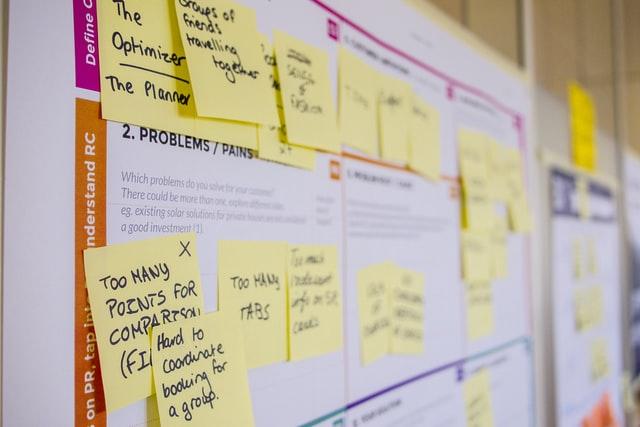Surviving the storm
Do you know how most businesses are surviving the recent storm? Just like how a yacht sailing in the rough seas trying to keep from the dangerous semicircle, businesses need a “storm strategy”. In reality, a storm is often an unforeseen situation and even as you drift away from the shore, the chances of getting caught in the raging waves increase and heading towards the shore seems like the best choice. However, being caught in the storm close to the shore is just as dangerous as being caught in the storm deep sea because you’d have no room to avoid the storm, just like how businesses will find themselves unable to maneuver away from the competition and challenges that emerged after the pandemic.
The “storm strategy”
The best strategy to keep away from the risks and stay ahead of the competition is by avoiding being blown up on shore and sailing away from the storm’s path. You may be wondering how this can be done but, it’s nothing new. The answer is one that’s always been around, it’s the catalyst for change in the ever-evolving digital space – Agility. Prior to the pandemic, being ‘Agile’ was where everyone’s focus was at but the changing demands and rapid growth of market conditions created a dire urgency to implement Agile processes and adapt fast. Businesses that have already been practicing agile continue to survive the storm while the late boomers are still struggling to steer away from the storm and the shore.
That being said, it’s not too late to survive the storm that’s been around for awhile. Businesses need to find a suitable approach to adapt to change and deliver excellence with maximum agility by switching to an agile mindset. This requires a business to steer away from legacy processes and re-invent their future with new methodologies that can accelerate business change by introducing agile practices to siloed functions of the business. Cross-functional teams, flexible resource models, adaptive processes and streamlined workflows can enhance the potential of the business and enable a business to swiftly respond to heightening market demands. The point is that businesses need to grow and deliver simultaneously even if it means to change its fully functional policies and practices if they want to stay ahead of the competition.
What can help you sail in the safer waters?
Attributes of an agile model could help a business seamlessly adapt to the ever-evolving demands of the virtual-first approach. There are a few key attributes of the agile framework that play a key role in helping a business sustain and support the demands of future work environments.
- Human centric – all processes take a human-centered approach with a simple and intuitive UI which is always built around the pain points and preferences of the end user for exceptional user experience.
- Cross-functional – all members of a team are equally equipped and capable of performing all or multiple roles within the team and thereby, increasing efficiency.
- Purpose driven – focused on value and quality of the outcomes.
- Dynamic – has the potential to seamlessly adapt to changing markets and business priorities.
- Future-centric – forward focused and facilitates continuous improvement of internal processes, workflows and deliveries.
What should you prioritise for a smooth sail?
It’s true that all these factors put together make a successful operating model but organisations also need to prioritise a couple of things to ensure an agile operation model is implemented successfully. A few things businesses need to prioritise are:
- Virtual-first approach – enabling employees to work from anywhere and reducing the requirement for a physical workspace.
- Processes and workflows – processes and workflows should be customer-centric and fully focused on exceptional service delivery, seamless customer experience and an unforgettable user journey.
- People – in order to create full-stack cross-functional teams, individuals and professionals with skills should be recruited to improve overall business performance.
- Technology – utilise trending technologies to expand beyond the scope of the organisation.
- Data and insights – make data-driven decisions across the business by utilising key insights and data.
Tangible benefits of implementing a “storm strategy”
When a company transforms into an agile setting and implements it across all layers of its operating model, the ultimate outcome is always a tangible benefit.
A few benefits of agile implementation are:
- Increased customer satisfaction
- Enhanced business value
- High efficiency
- Increased productivity
- Optimized service delivery
- Improved responsiveness and speed
- Increased collaboration within teams
- Increased automation
Even as businesses struggle to adapt to the new normal, they need to reimagine ways of working to effectively unleash their potential, stay ahead of the competition and steer away from the storms in the years to come. Let us help you be more agile with custom built software solutions.

